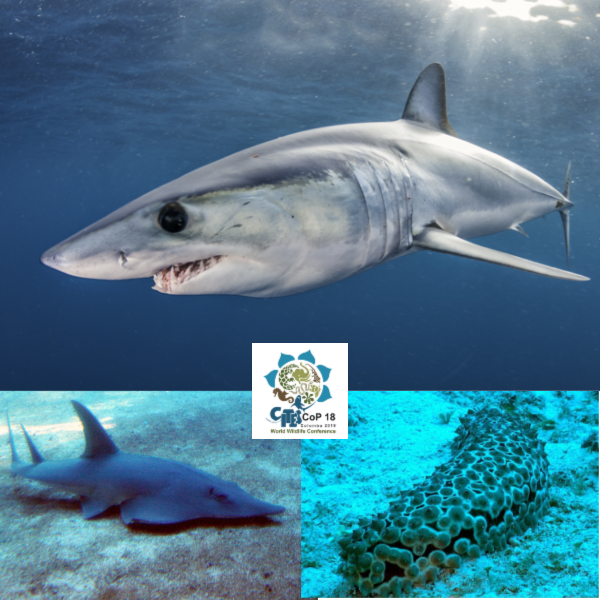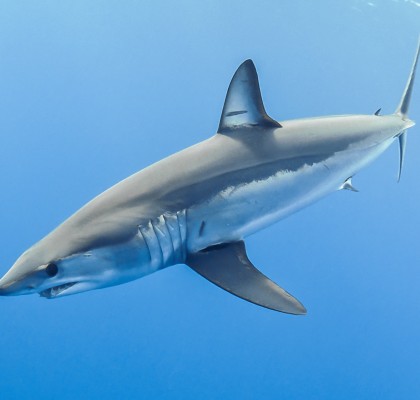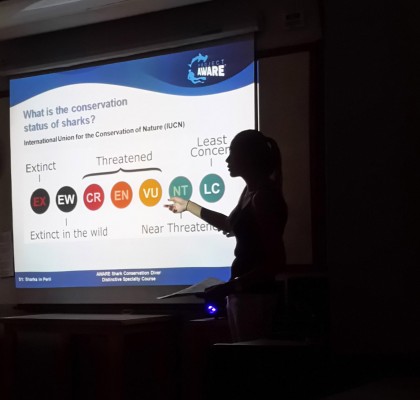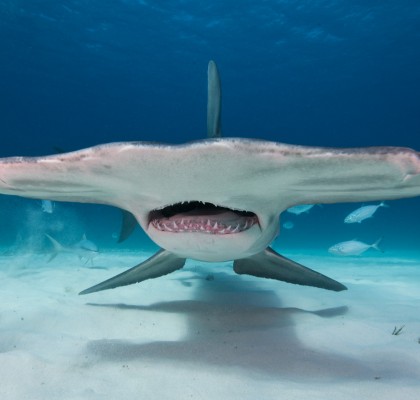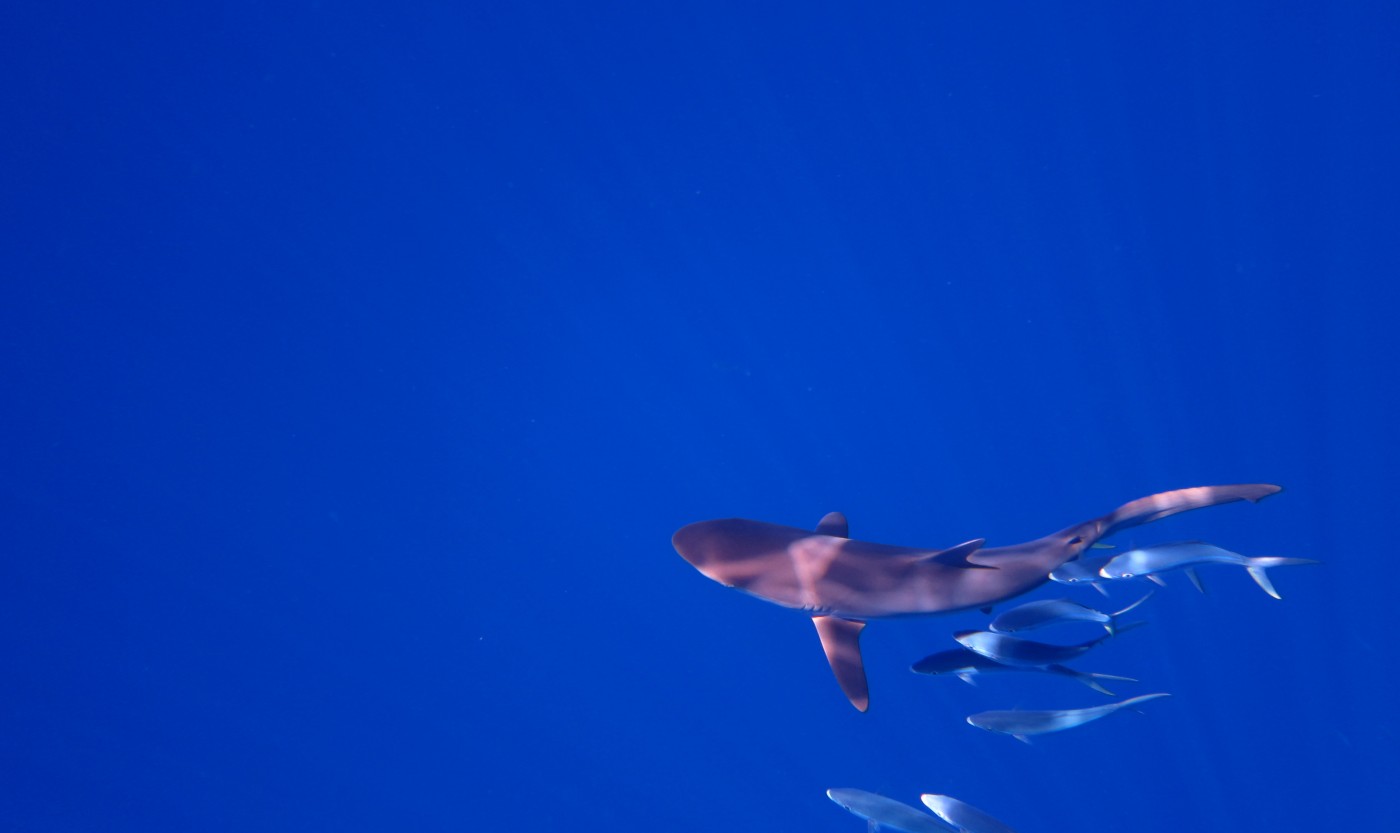
Sharks and Rays
The Issue
We are emptying the ocean of sharks and rays. Of the 1000-plus known shark and ray species globally, nearly one-quarter are classified as Threatened with Extinction. Yet, fishing continues largely unregulated in most of the world’s ocean. The future of sharks and rays - and the health of our ocean planet - hinges on keeping fishing and trade at sustainable levels. Together with our global community of adventurers and shark conservation partners, we are taking action for their protection.
Sharks
Why do we worry about shark populations? They may rule the ocean, but sharks are an incredibly vulnerable species. Because they grow slowly and produce few young, sharks are exceptionally susceptible to overexploitation. Further, a healthy and abundant ocean and the communities that rely on it depend on healthy shark populations. Living sharks can help fuel local economies in places like Palau, where sharks bring in an estimated $18 million per year through dive tourism.
Overexploitation, through targeted as well as incidental catch, is one of the main global threats facing shark survival. Overfishing is driving sharks to the brink of extinction - with many populations down by 80 percent. Tens of millions are killed each year for their meat, fins, liver, and other products, as many fisheries are unregulated and catches are significantly under-reported. Bycatch – catching sharks incidentally and indiscriminately while fishing for other commercial species – poses a significant threat to sharks. At the same time, new markets for shark and ray products are blurring the line between targeted and accidental catches. Finning – the removal of shark fins and discard of the shark’s body at sea - is often associated with shark overfishing, as keeping only the fins aboard the vessel allows fishermen to kill many more sharks than if they were required to bring back the entire animal. Fueling this practice is the fact that shark fins yield a much higher price than shark meat, providing an economic incentive for the wasteful and indefensible practice of finning.
Devil and Manta Rays
As slow moving, often predictable, filter feeders, rays are easy targets. According to data collections by the Food and Agriculture Organisation (FAO), Mobulid landings have increased over the past decade. As with shark landings, it’s expected that reported Mobulid landings only account for a small fraction of the actual number of mortalities related to fishing. Old and new markets for meat and other ray products such as gill plates – the tight-knit, feathery structures they use to strain plankton and small fish - threaten the survival of devil and manta rays.
Mantas, in particular, are at the top of many divers’ must-see list. Operations that offer manta diving and swimming programs are increasingly profitable and bring significant economic benefits to coastal communities across the globe. According to the Manta Ray of Hope project, the estimated worldwide value of manta-based tourism and filming is as high as $100 million USD each year.
Devil and manta rays are at particular risk to overfishing because they are estimated to produce a single pup every one to three years. Many populations have already been depleted by unregulated fishing. Recently, International trade in mantas has been regulated and they are legally protected in some nations and specific aggregation areas. Implementation and enforcement, however, are sorely lacking in most places while fishing for devil rays - mantas’ less charismatic cousins – is left mostly unmanaged with even fewer safeguards in place.
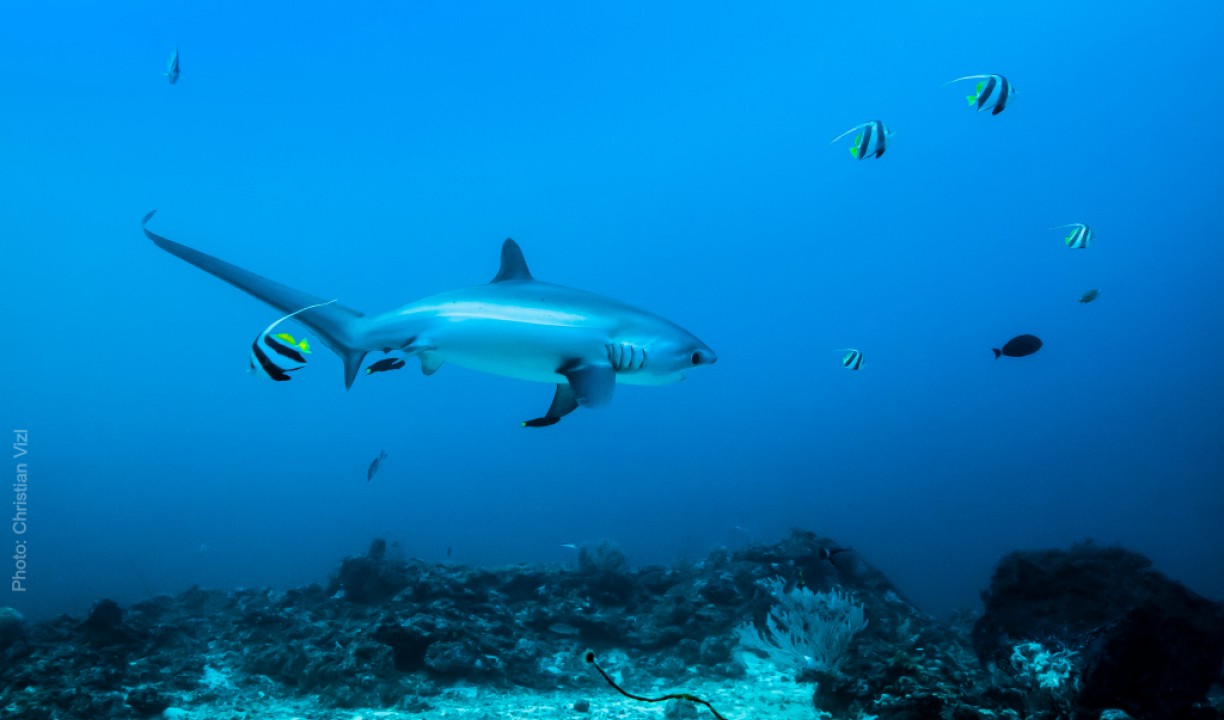
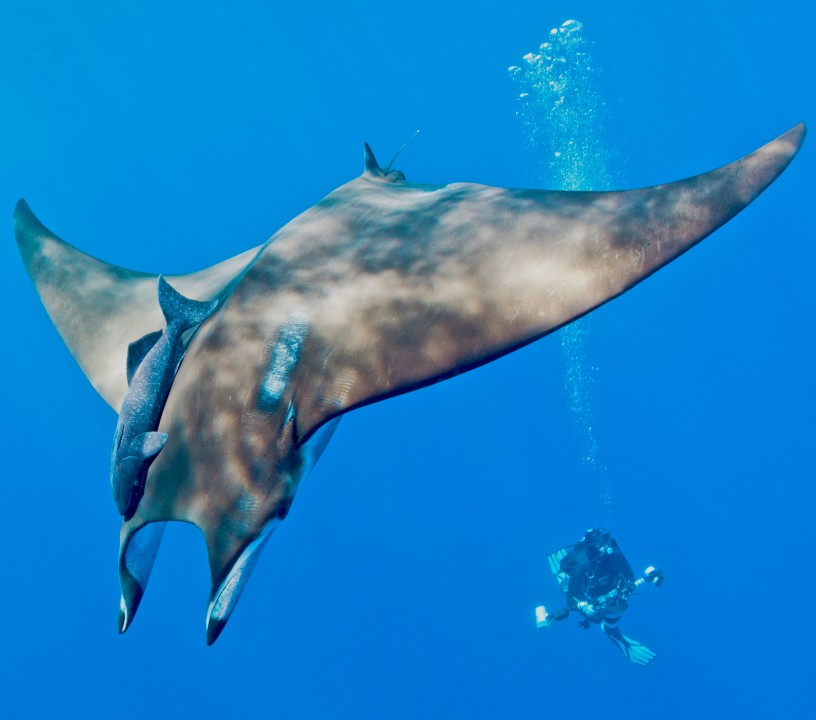
What We're Doing
Why do we worry about shark populations? They may rule the ocean, but sharks are an incredibly vulnerable species. Because they grow slowly and produce few young, sharks are exceptionally susceptible to overexploitation.
As the future of sharks and rays hinges on holding fishing and trade to sustainable levels, fishing limits must be put in place. These limits must be guided by science and they must reflect a precautionary approach. Additionally, trade in shark and ray products must be controlled and monitored. The best way to ensure an end to finning is to require that sharks are landed with their fins still “naturally” attached.
Project AWARE works with various partners to use the power of international conservation agreements and management regulations for change. We call for national, regional and global management as well as conservation actions that heed all available scientific advice for limiting shark catches. We advocate for the full protection of shark species listed as Endangered or Critically Endangered by the IUCN and for the establishment of precautionary shark fishing limits and regulations to ensure all sharks are landed with their fins naturally attached.
Specifically, we advocate for:
- Convention on International Trade in Endangered Species of Wild Fauna and Flora (CITES) measures that help protect threatened, commercially valuable shark and ray species from the devastating effects of unregulated, international trade. International trade in wild plants and animals is estimated to be worth billions of dollars a year and, in too many cases, it threatens species survival.
- Implementation and enforcement of international protections for migratory shark and rays under the Convention on Migratory Species of Wild Animals (CMS) and the Sharks Memorandum of Understanding (MoU), the only global conservation agreements dedicated to protecting migratory shark and ray species. Migratory sharks and rays travel great distances, often crossing national boundaries, so international cooperation is vital to ensuring their survival. Currently, 34 species of sharks and rays are covered under the scope of these agreements, yet implementation and enforcement of protections are lacking.
- Complete bans on the removal of shark fins at sea, without exceptions, at national and regional levels. These include regional fisheries management responsible for high seas fishing where weak, complicated fining regulations stand in the way of proper enforcement and informed management.
As a member of Save Our Marine Life Alliance in Australia, we’ve worked to secure the world’s largest network of marine sanctuaries across Australian Commonwealth waters since 2010. We’ve celebrated the highs and asked for your help during the lows. With our partners - and with your help - we work to protect Australia’s unique marine life, its ocean icons like the Coral Sea and help establish a safe haven for vulnerable sharks and rays.
What We’ve Achieved
You’ve helped us secure a stronger EU finning ban, protect mantas under the Convention on Migratory Species of Wild Animals (CMS) in 2011, extend additional CMS commitments to devil rays and other sharks in 2014 and in 2016, as well as bring about safeguards for highly traded shark and ray species under CITES in 2013, 2016, and 2019. Your voice and your actions matter.
How You Can Help
Divers are some of sharks and rays’ closest and most influential allies. Together, we are creating a powerful, collective voice to influence change while voting with our wallets every time we travel or shop.
- If you choose to eat seafood, refrain from a purchase unless you can be certain that it's coming from a sustainable source.
-
Lead change locally and support our work through awareness and fundraising efforts.
-
Snorkel or dive with sharks and rays to support a valuable alternative to fishing. When you do, choose responsible, locally owned operators who employ local staff. Make sure your guides follow procedures and local codes of conduct intended to protect the animals and benefit local communities.
-
If you are a dive operator discover how you can take action through our Responsible Shark and Ray Tourism: A Guide to Best Practice.
-
Join the movement to stay informed for opportunities to take action.

